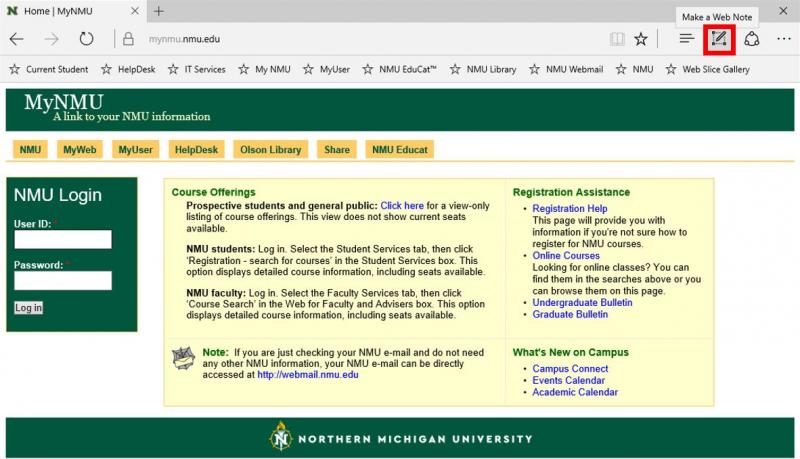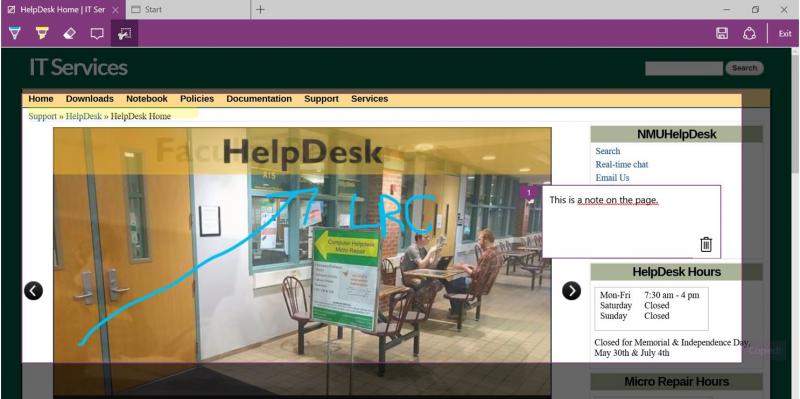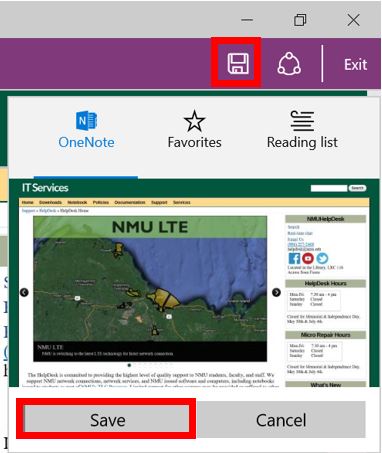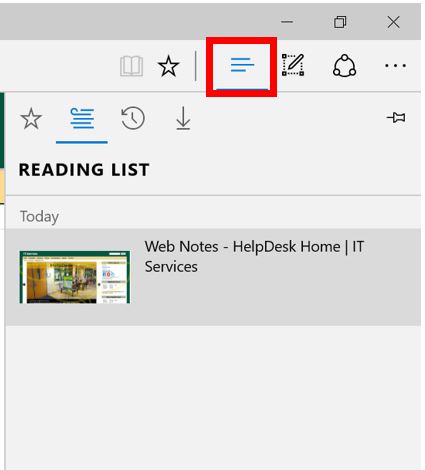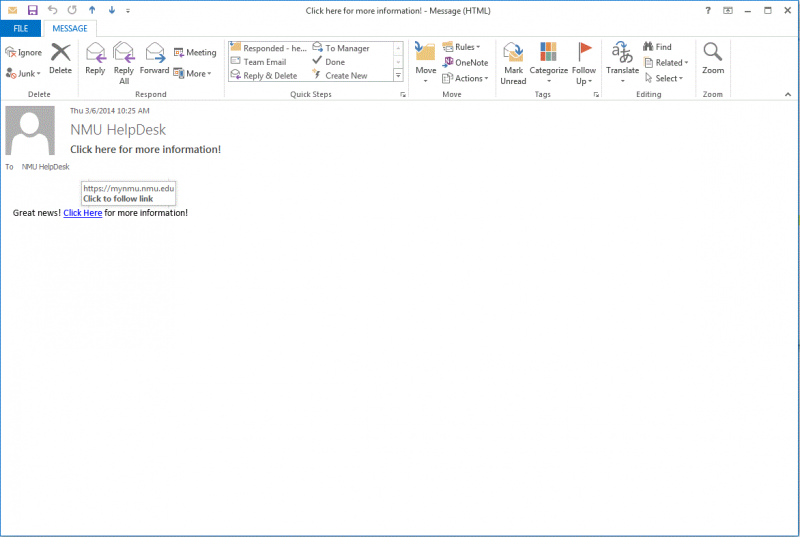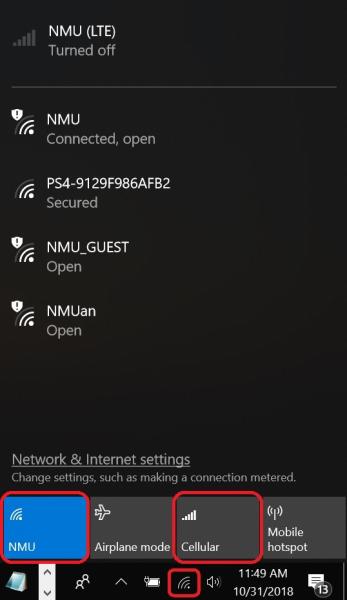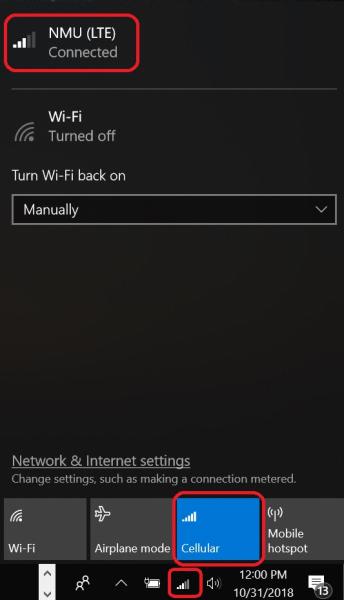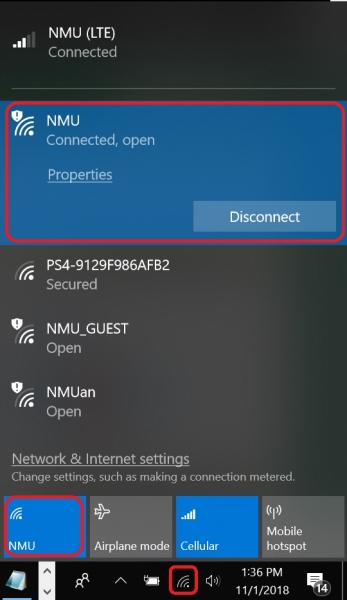Sponsoring a Guest on the NMU Network
Documentation
All computers that wish to use the NMU Wireless or Wired connections on campus must be registered. Current NMU Faculty, Staff, Students, and Retirees can register machines on the network. If there is a guest on campus that needs internet access, currently only Faculty and Staff can sponsor them. To sponsor a guest:
- Open a Web Broswer
- In the URL bar, go to http://register.nmu.edu and click the Need to sponsor someone, go here link. You can login with your current NMU UserID and password.

- Once you login, you will see a window similar to the one below. Click on "Enter Guest Sponsor Function" to continue.

- Fill in the top portion of the screen to add a new sponsor. Be sure to carefully type in each requested piece of information, as it may be needed later. You can choose a start date up to a month in advance. If you know a guest is arriving, and they need internet access, it is best to complete this prior to their arrival. It can take up to an hour for this part to register in our system.

- Click on "Submit Request" to add the sponsor request. You will notice a green bar at the top of the screen that indicates your sponsor request was successful.

- It may take up to an hour for the request to be active. Once it is active, the guest should connect to the WiFi access point named "NMU", open a web browser, and navigate to "http://register.nmu.edu" on the machine that needs internet access. The guest can use their email address that was used in the request for the User ID and password fields.

- After clicking "Sign In", the guest will be able to register their machine. The registration will stay active for one day, so if they need to access the internet during the next day, they will need to register using "http://register.nmu.edu" again. The guest will be able to register their computer for as long as was requested when the guest sponsor entry was added. Once that time period expires, a new entry will have to be made by a current NMU Faculty or Staff member.
